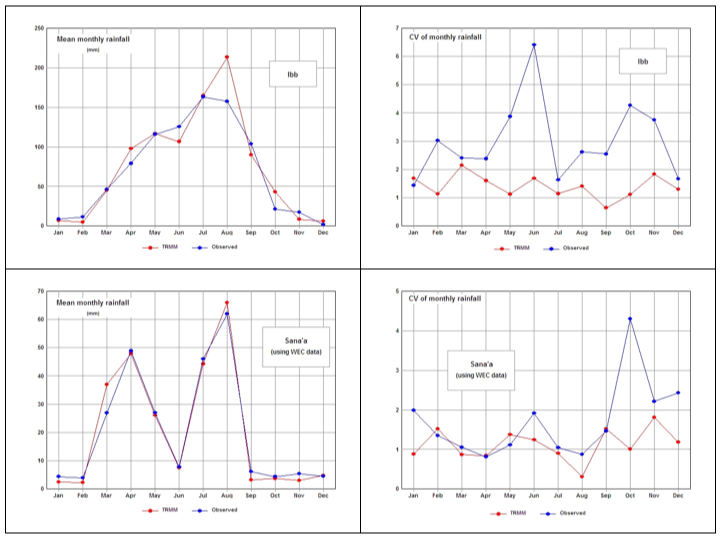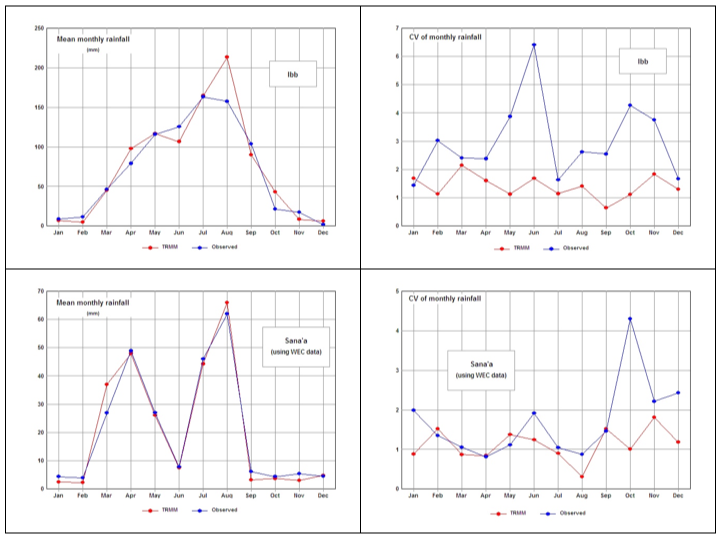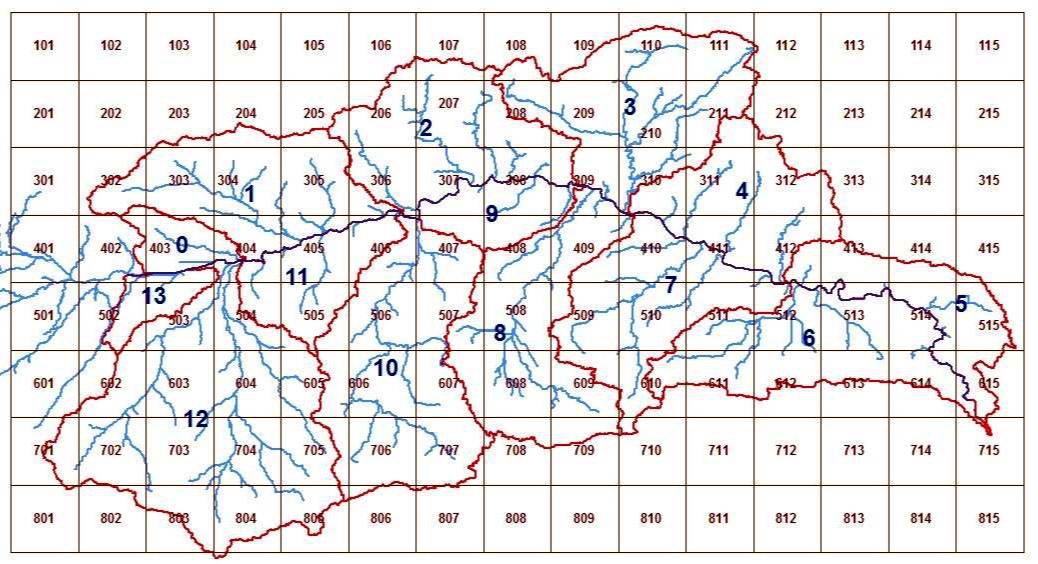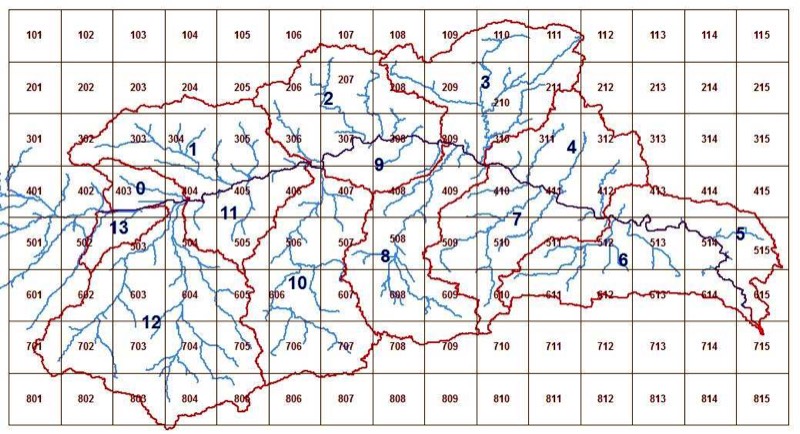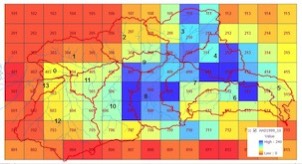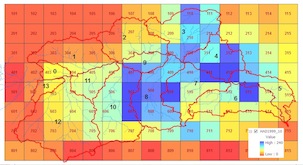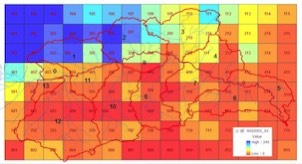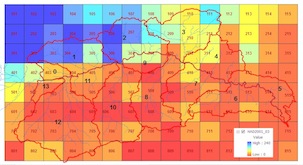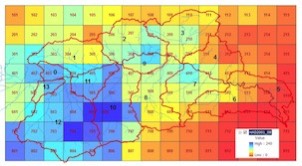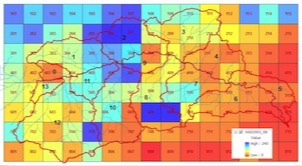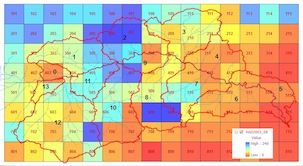The TRMM satellite ended data collection in April 2015 (see
http://pmm.nasa.gov/trmm/mission-end). Launched in November 1997, the TRMM satellite delivered a unique 17-year dataset of global tropical rainfall and lightning. The data collection started by TRMM continues with the joint NASA/JAXA Global Precipitation Measurement (GPM) mission, which launched in February 2014.
WRA developed a systematic procedure for linking the TRMM data-set with the GPM data, thereby providing a global data-set starting in 1998 and extending into the future over the working life of the new satellite.
GPM offers two options: the raw data (GPM V03E RT) and the calibrated data (GPM V03D). Historically, WRA used the TRMM data calibrated against reference ground stations. So only calibrated GPM is used, which is a month or two delayed as the calibration and adjustment is done monthly in arrears.
The GPM data have a higher resolution, available at 0.5 hourly intervals and with an aerial coverage of only 0.1 degree squares. The latitudinal range has also been extended to 60 degN - 60degS. However, the Mirador site continues to adopt the TRMM style coverage of 3-hourly over 0.5 degree squares by using a spatial and temporal merging procedure, possibly part of the "imerge" process described by NASA. These merged data files are in HDF-EOS format and can be downloaded, but not directly as with the TRMM data.


